The Many Advantages of Bark Dust
Bark dust is an increasingly popular choice in landscaping thanks to its versatility and natural qualities. Many homeowners and landscapers are discovering its effectiveness in a wide range of outdoor projects. Whether it's used to dress up garden beds, cover pathways, or add a finishing touch to a landscape design, bark dust offers a wealth of benefits. It’s an eco-friendly and aesthetically pleasing option that enhances the overall look of outdoor spaces while serving functional purposes as well.
As more people look for sustainable, low-maintenance ways to improve their yards, bark dust is becoming a go-to material. Its ability to address a variety of landscaping needs makes it a top choice for those looking to create beautiful and healthy garden environments. From reducing maintenance requirements to enhancing soil health, bark dust provides a natural, effective solution for many outdoor landscaping challenges.
Understanding the Material
Bark dust is a byproduct of wood processing and consists of finely ground bark, often sourced from coniferous trees such as fir and cedar. This material is produced by shredding tree bark into small particles, making it an ideal option for garden beds and other landscaping needs. As a natural byproduct, it is eco-friendly and often sourced from sustainable forestry practices. This makes bark dust not only a practical choice but also a responsible one for environmentally conscious homeowners.
There are various types of bark dust available, each offering distinct benefits. Different grades are commonly sold, with the finer grades being suitable for flower beds and garden paths, while the coarser grades are often used for larger landscaping areas. The material is often left in its natural form, retaining its rich brown color, which can fade to a silvery gray over time, adding a rustic charm to any garden.
Enhancing Soil Health
One of the standout benefits of bark dust is its ability to enhance soil health. When spread over garden beds, it creates a natural barrier that helps regulate soil moisture. This barrier prevents the soil from drying out too quickly, reducing the need for frequent watering. In areas that experience hot summers, this can be particularly valuable as it helps retain essential moisture for plants, keeping them hydrated without the need for excessive irrigation.
Additionally, bark dust enriches the soil as it decomposes over time. As it breaks down, it releases nutrients back into the soil, promoting healthy plant growth. These organic materials improve soil structure by increasing its ability to hold moisture and nutrients, leading to stronger, more resilient plants. The gradual decomposition of bark dust also helps aerate the soil, allowing roots to penetrate more easily and access the nutrients they need. According to UC Agriculture and Natural Resources, bark dust usually lasts between two and four years, making it a durable and long-lasting option for maintaining healthy soil and vibrant plants.
Reducing Weeds
Weed control is a constant concern for gardeners and landscapers, but bark dust offers a simple and effective solution. When applied as a mulch layer, bark dust forms a dense barrier that inhibits weed growth. Weeds require sunlight to germinate, and the thick layer of bark dust blocks that light, effectively preventing weeds from taking root.
In addition to acting as a physical barrier, bark dust also suppresses the growth of unwanted plants by maintaining an optimal moisture level in the soil. This makes it more difficult for weeds to thrive, especially in areas where they typically flourish. Over time, bark dust significantly reduces the amount of time and effort needed to manage weeds, making it an excellent choice for low-maintenance landscaping.
Improving Aesthetic Appeal
Bark dust adds a natural, polished look to any landscape. Its rich, earthy tones create a visually appealing contrast against green plants and flowers, making garden beds, pathways, and outdoor spaces more inviting. The texture of bark dust is also appealing, with its fine, granular particles creating a soft, uniform appearance that complements various design themes.
Whether you’re aiming for a rustic, woodland aesthetic or a more modern, minimalist landscape, bark dust can be integrated seamlessly into your design. It serves as a versatile backdrop, allowing other elements of your garden, such as plants, flowers, and garden ornaments, to stand out. Plus, as it ages, bark dust develops a unique patina, giving it character and adding to the overall charm of your landscape.
Protecting Plants From Temperature Extremes
Bark dust is highly effective at insulating the soil and protecting plants from extreme temperatures. During the hot summer months, it helps keep the soil cool by preventing direct sunlight from reaching the soil surface. This helps maintain a stable temperature for plant roots, preventing them from becoming overheated, which can stress plants and hinder growth.
In the winter, bark dust acts as an insulating layer, protecting plant roots from freezing temperatures. The mulch traps heat from the ground, maintaining a more consistent temperature and preventing the soil from becoming too cold. This is particularly beneficial for perennial plants, which need extra protection during the colder months to survive and thrive. By providing a barrier against both heat and cold, bark dust creates a more stable growing environment for plants throughout the year.
Preventing Soil Erosion
Soil erosion is a common problem in gardens and landscapes, particularly in areas that experience heavy rainfall. Bark dust is an excellent tool for preventing erosion, as its dense texture helps stabilize the soil. When spread over exposed soil, it prevents the soil from washing away during storms or heavy rain, keeping your garden beds intact and reducing the need for frequent soil replenishment.
Additionally, bark dust absorbs moisture from rainfall, helping to retain it in the soil rather than allowing it to run off. This is particularly important in sloped areas where water can quickly wash away. By stabilizing the soil and reducing runoff, bark dust helps maintain the integrity of your landscape and minimizes the long-term damage caused by erosion.
Supporting Sustainability
Bark dust is an environmentally friendly option for landscaping, making it an excellent choice for those looking to reduce their ecological footprint. As an organic material, bark dust decomposes over time, enriching the soil with valuable nutrients and reducing the need for synthetic fertilizers. This makes it a more sustainable option compared to other landscaping materials, which may rely on chemical treatments or non-renewable resources.
Moreover, the production of bark dust is generally more sustainable than that of other landscaping materials, as it is often a byproduct of the timber industry. Using bark dust reduces waste by repurposing material that would otherwise be discarded, making it a great example of sustainable resource management. By choosing bark dust, you’re not only improving your landscape but also supporting eco-friendly practices that benefit the environment.
Bark dust offers numerous advantages that make it an excellent choice for landscaping projects. From its ability to improve soil health and reduce weed growth to its aesthetic appeal and protective qualities, bark dust is a versatile and environmentally friendly option for any garden or outdoor space. Its natural properties, such as moisture retention and soil insulation, make it a valuable addition to any landscape design, ensuring your plants thrive in a healthy, low-maintenance environment.
If you’re ready to enhance your garden and enjoy all the benefits that come with using bark dust, consider incorporating it into your next outdoor project. Contact Red Bark Inc to learn more about how bark dust can transform your garden and create a more sustainable, beautiful outdoor space.


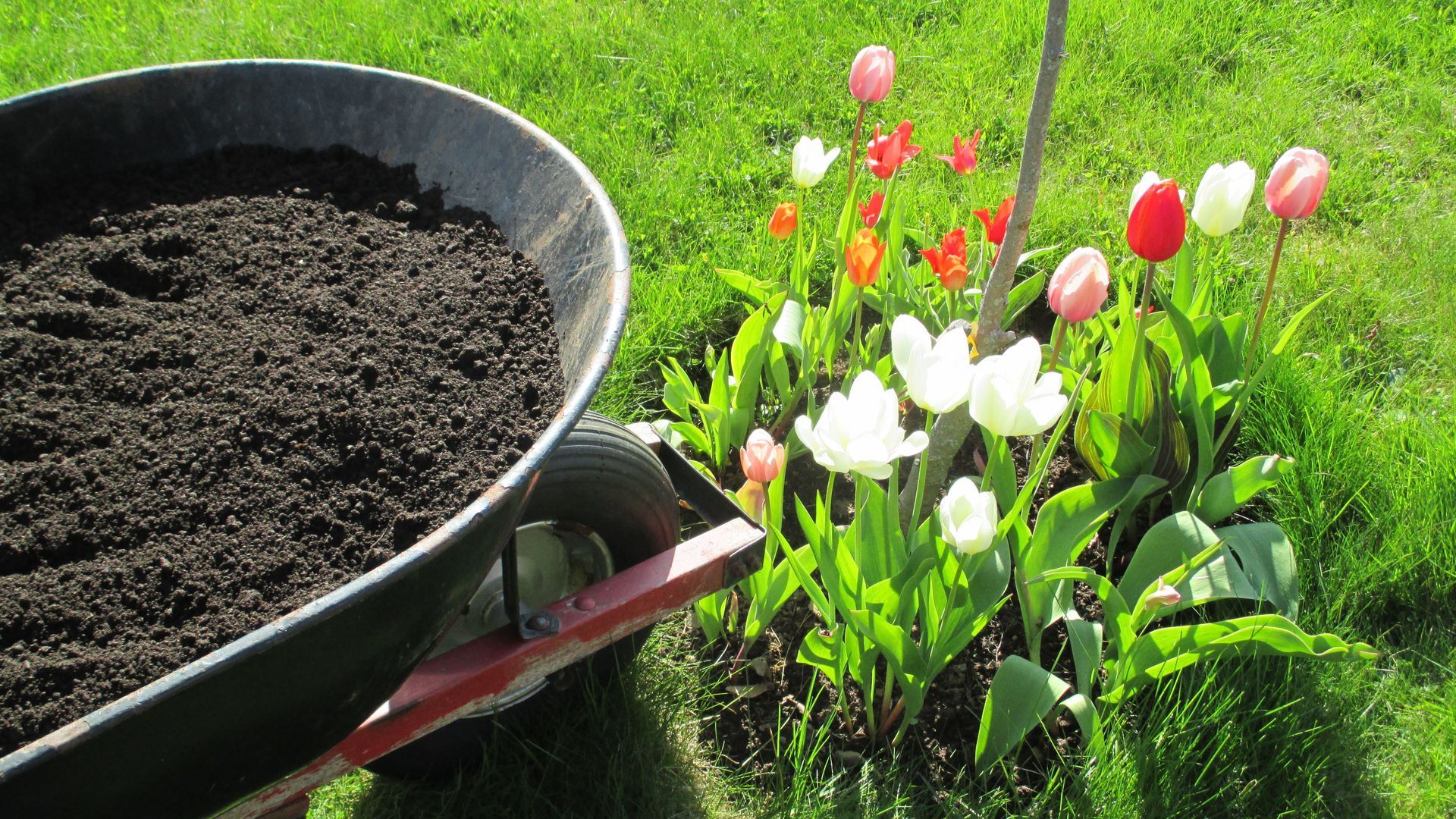
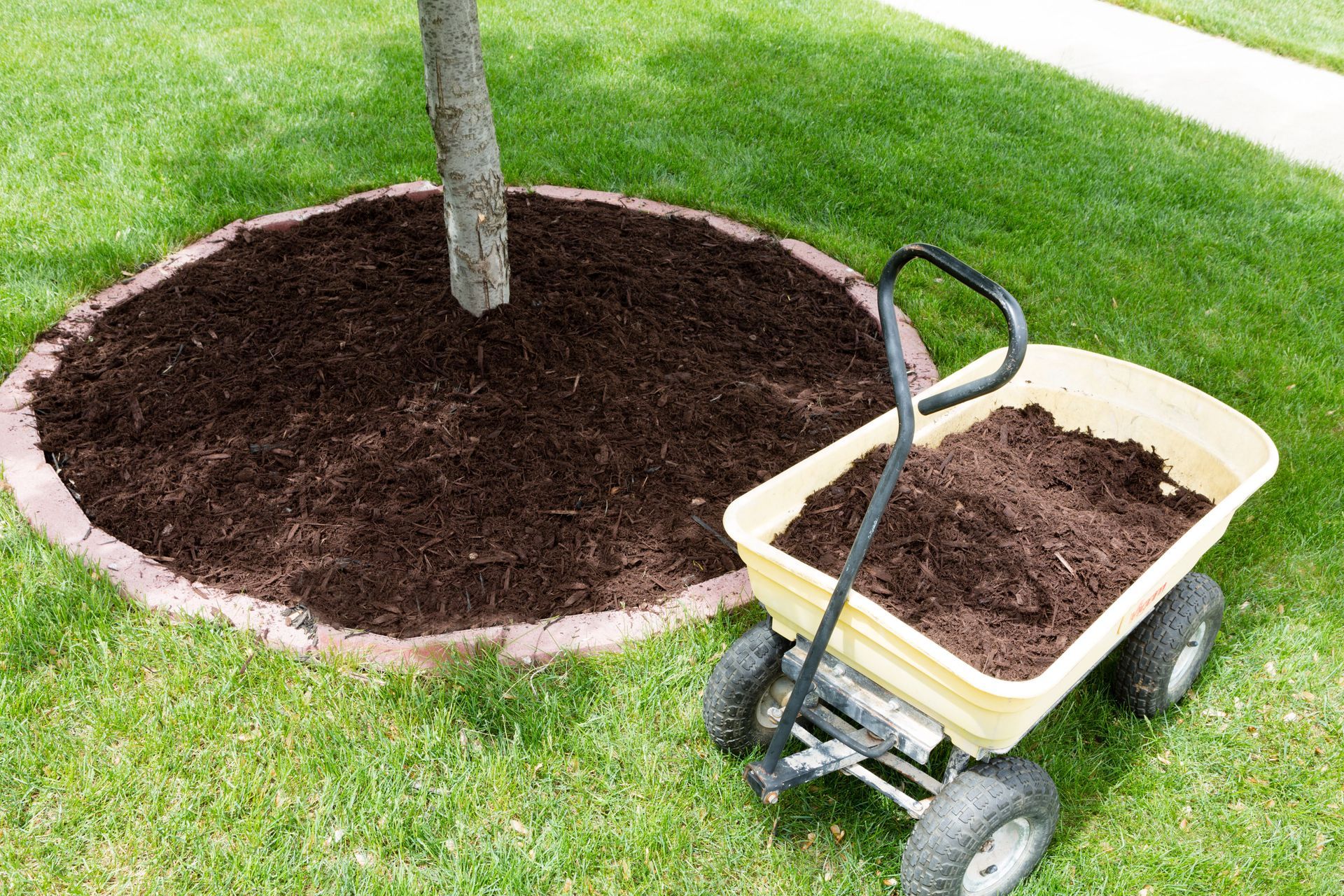
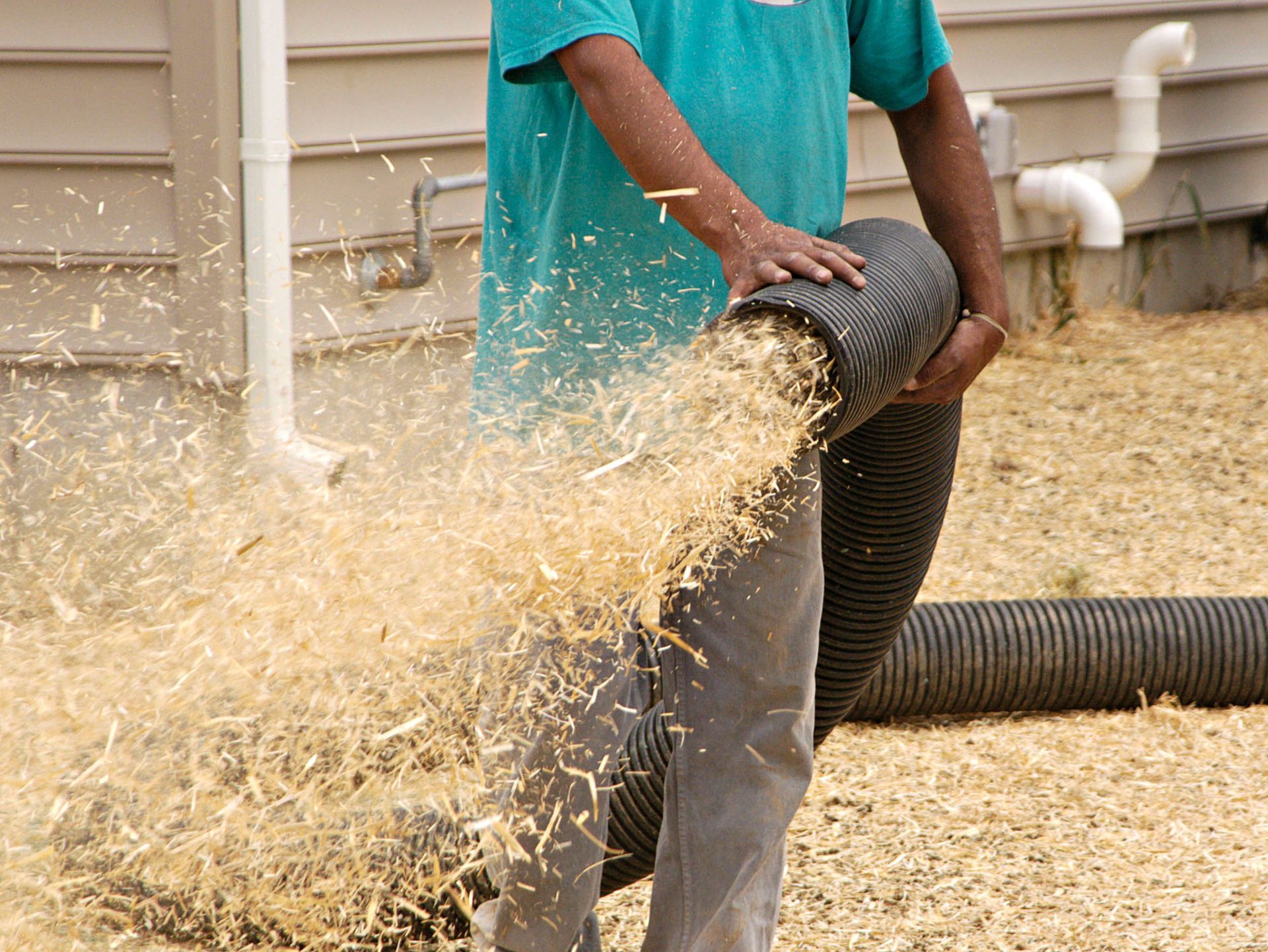
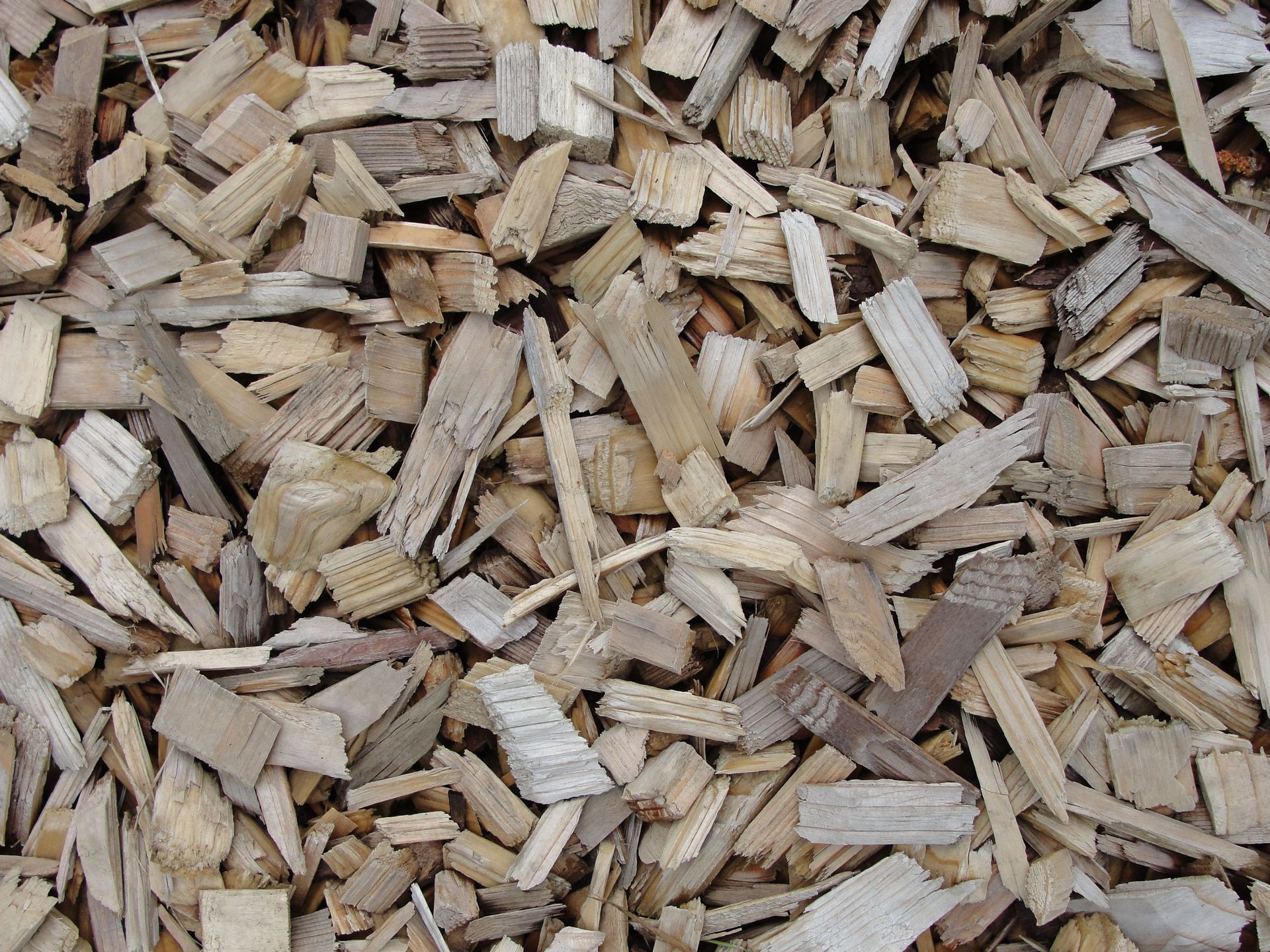
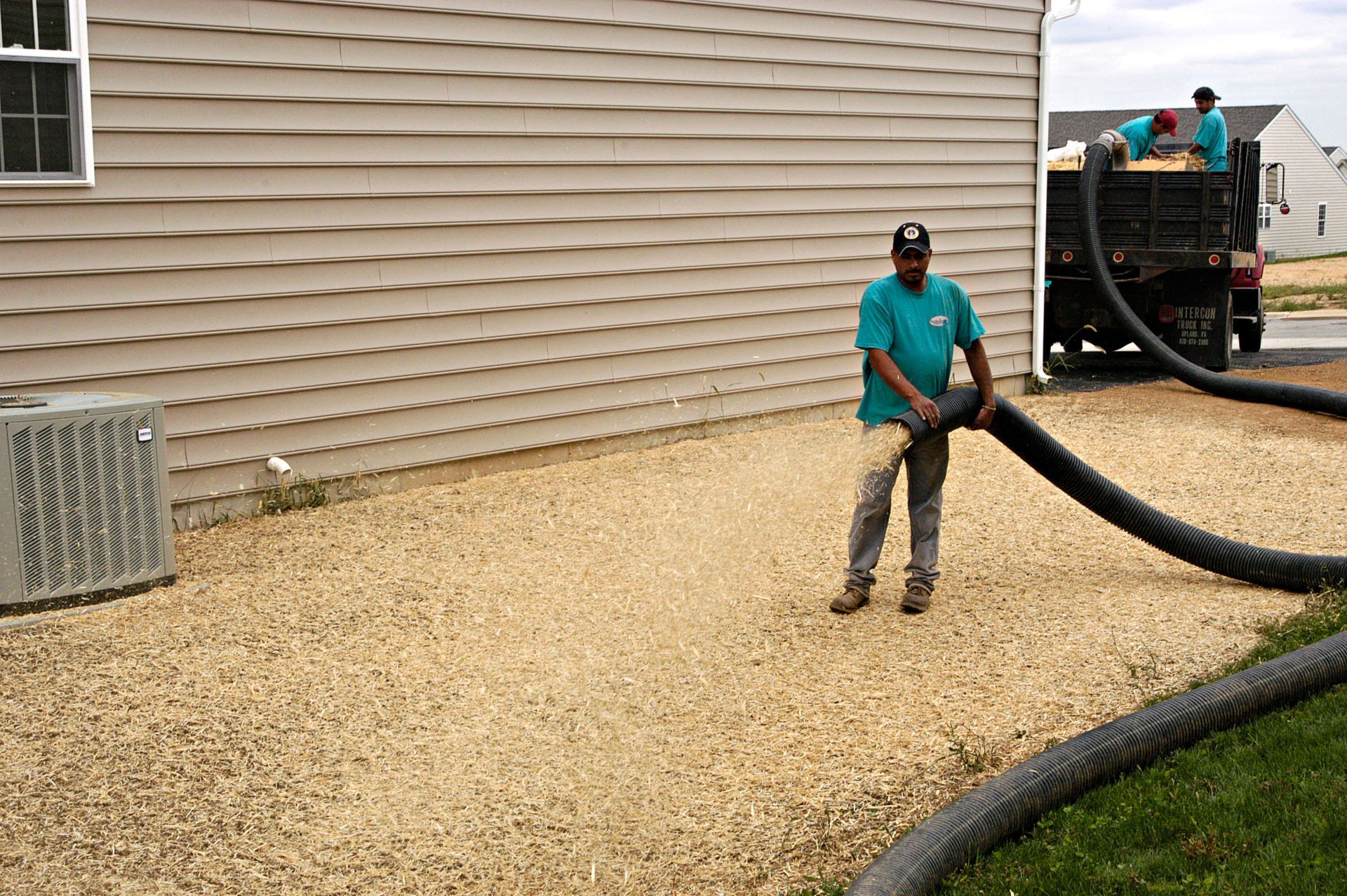
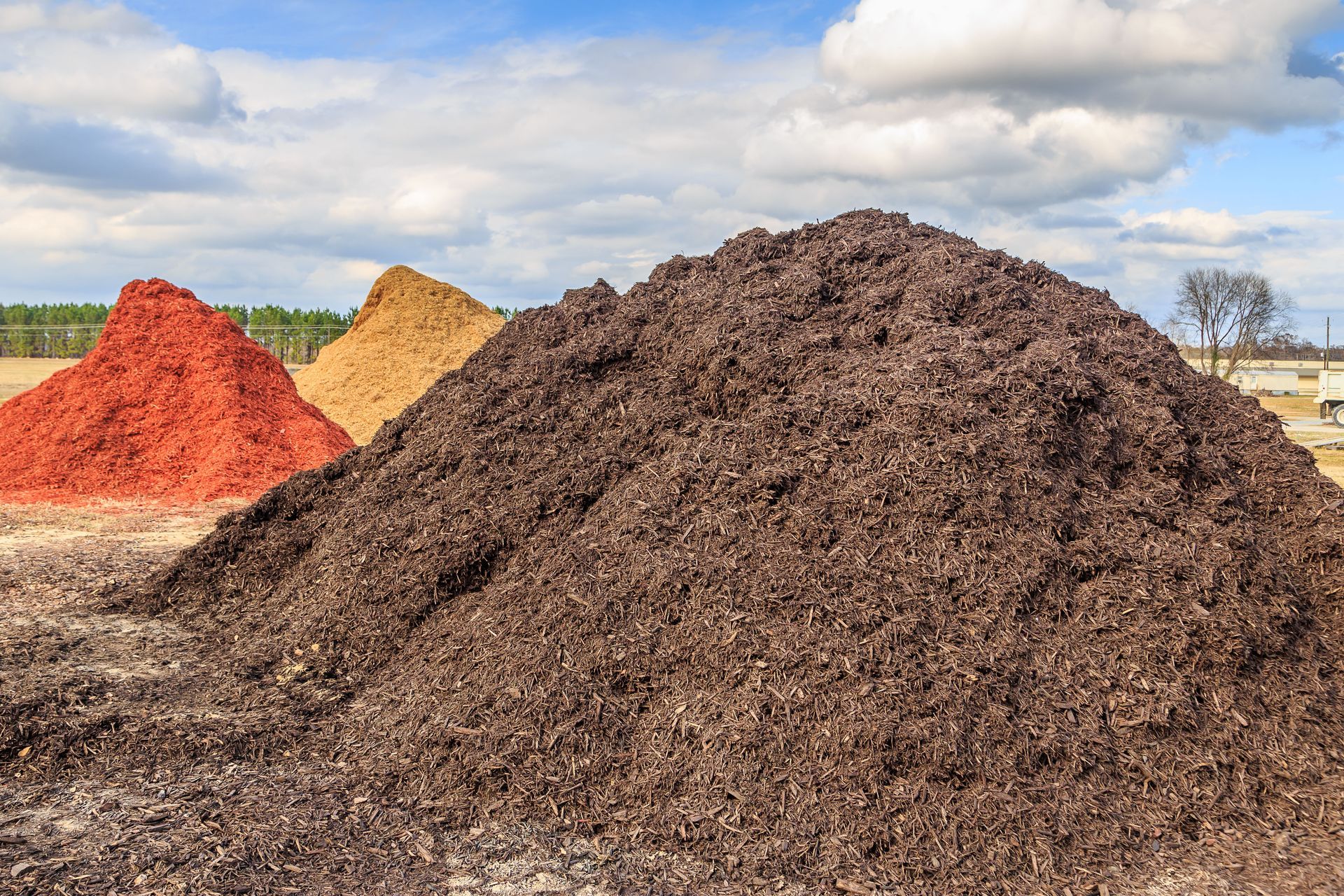
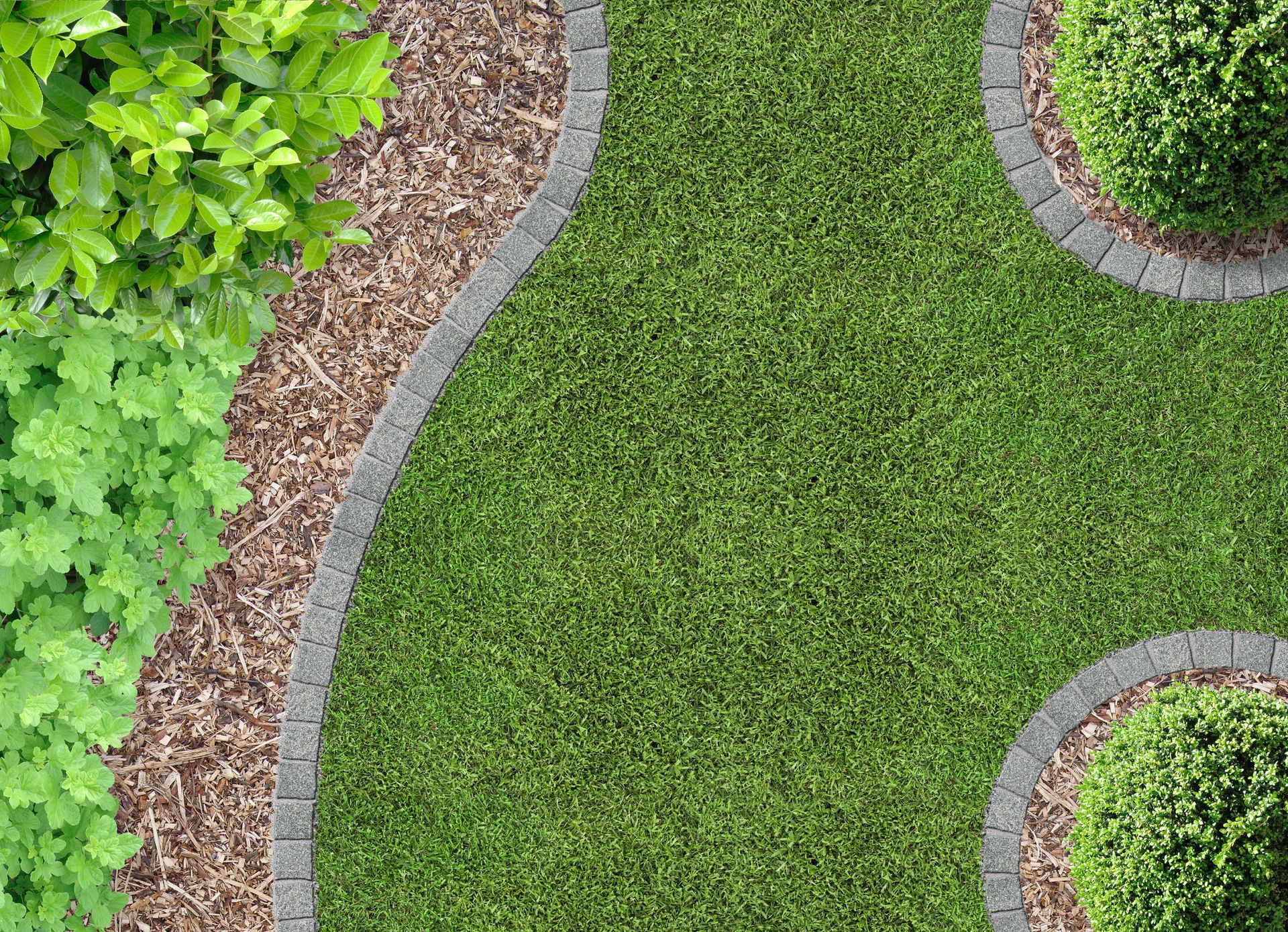
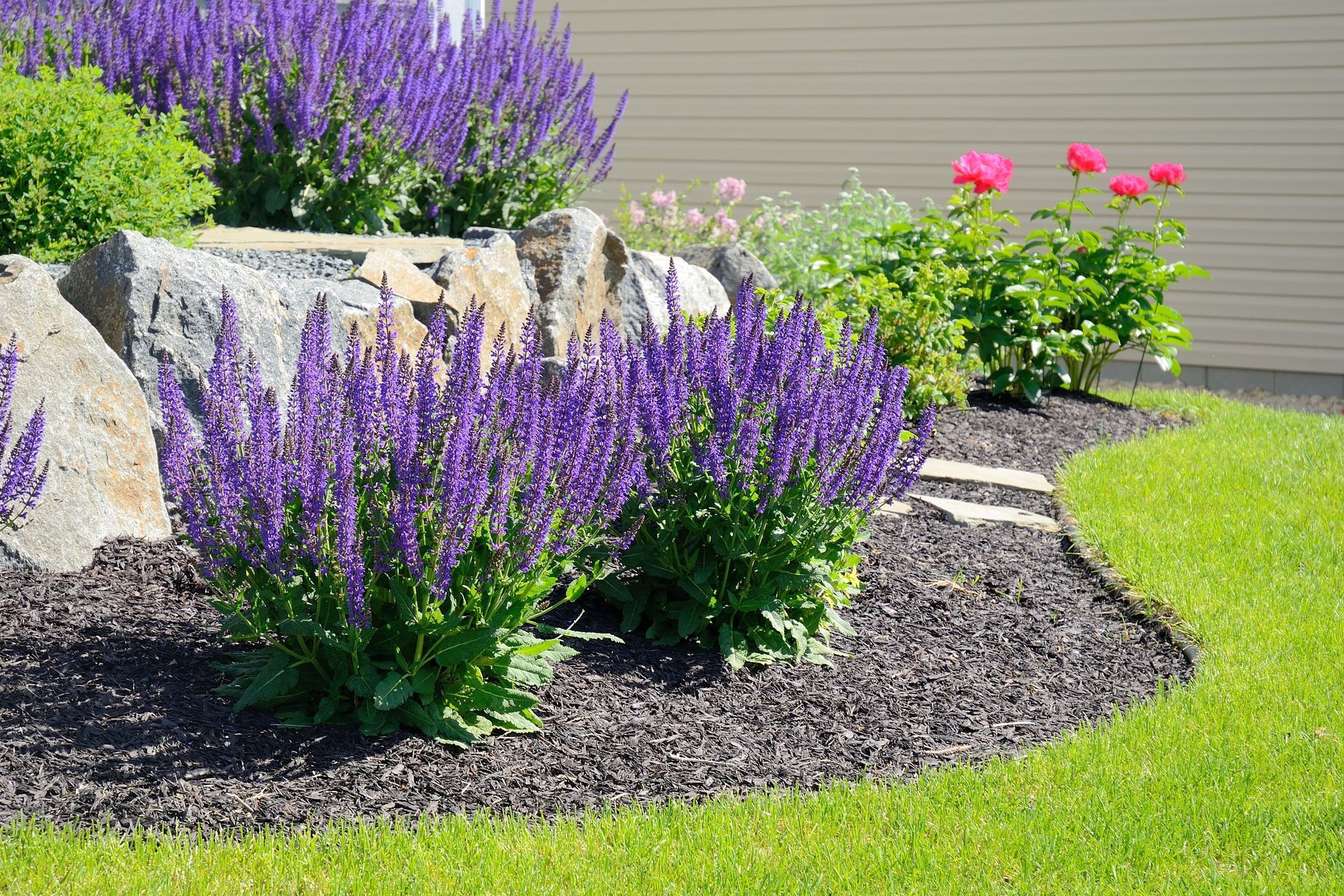
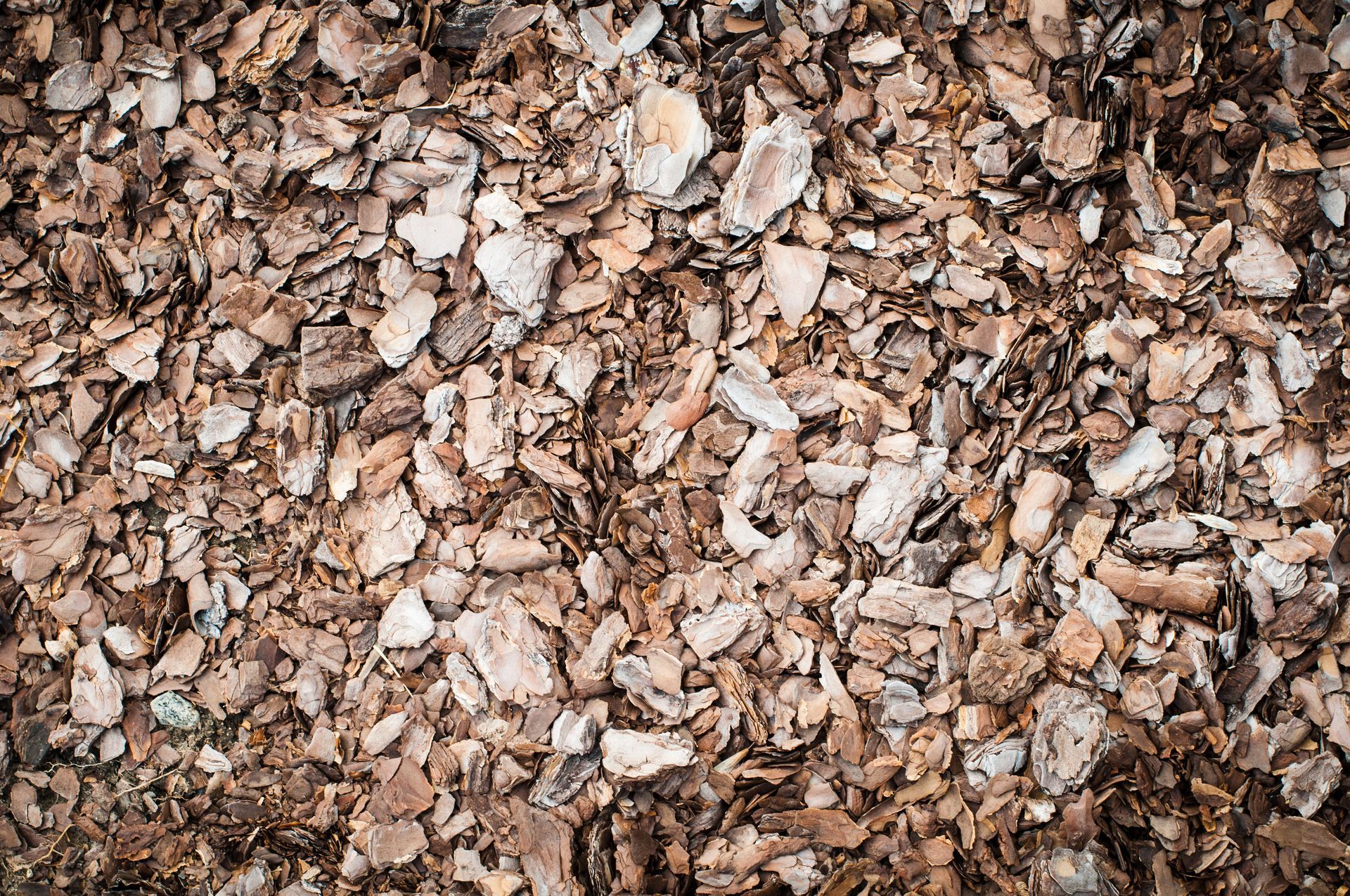
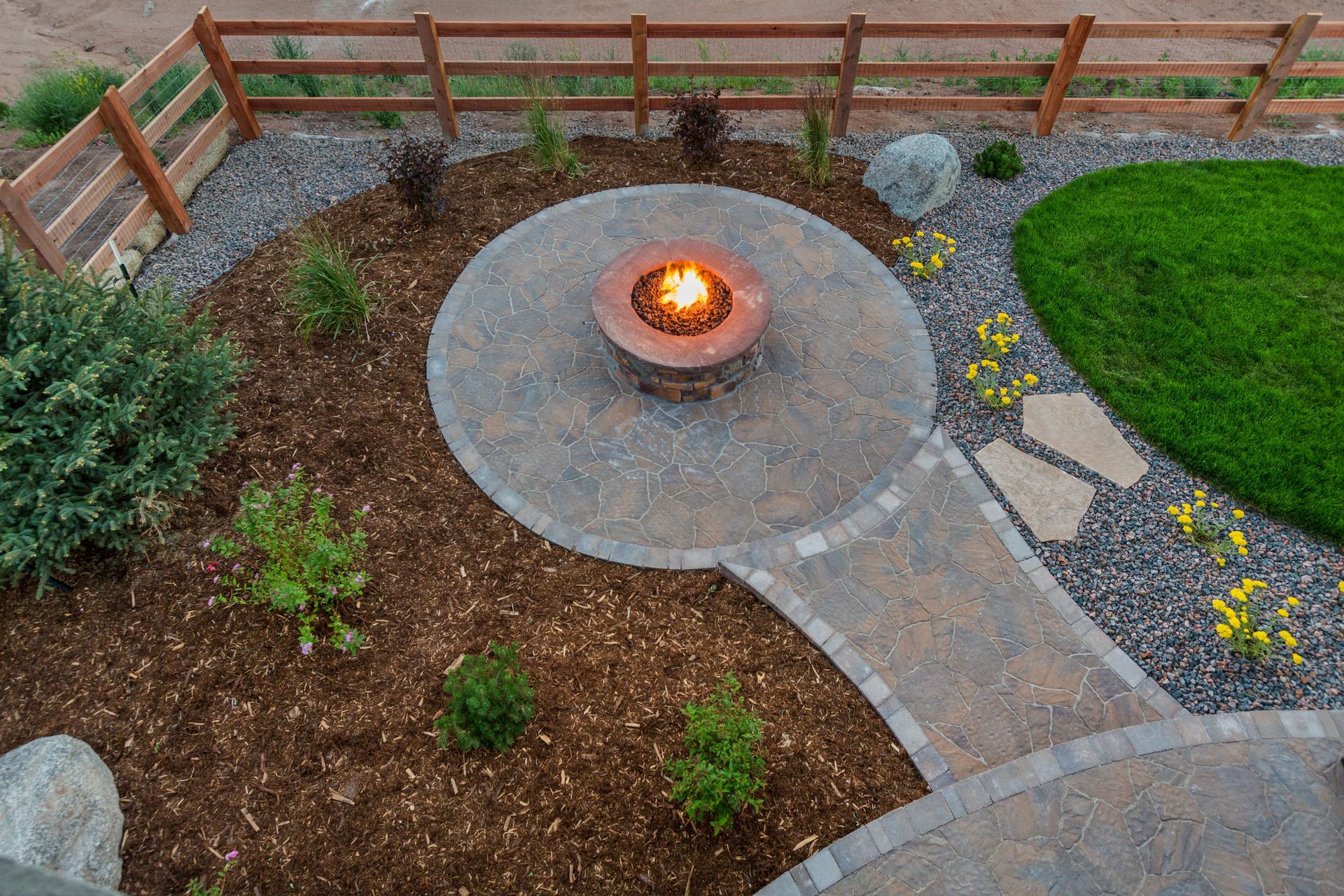
Share On: